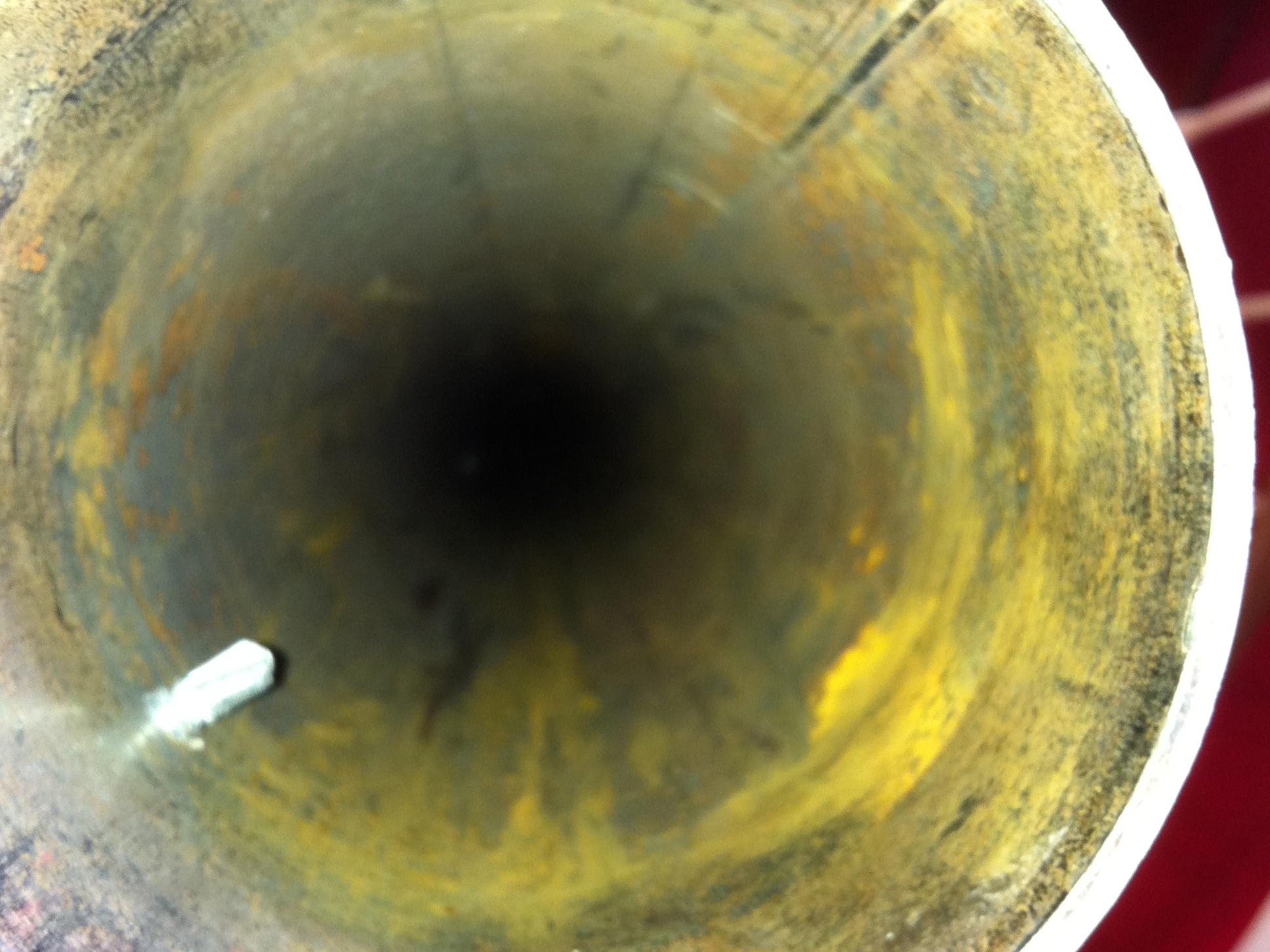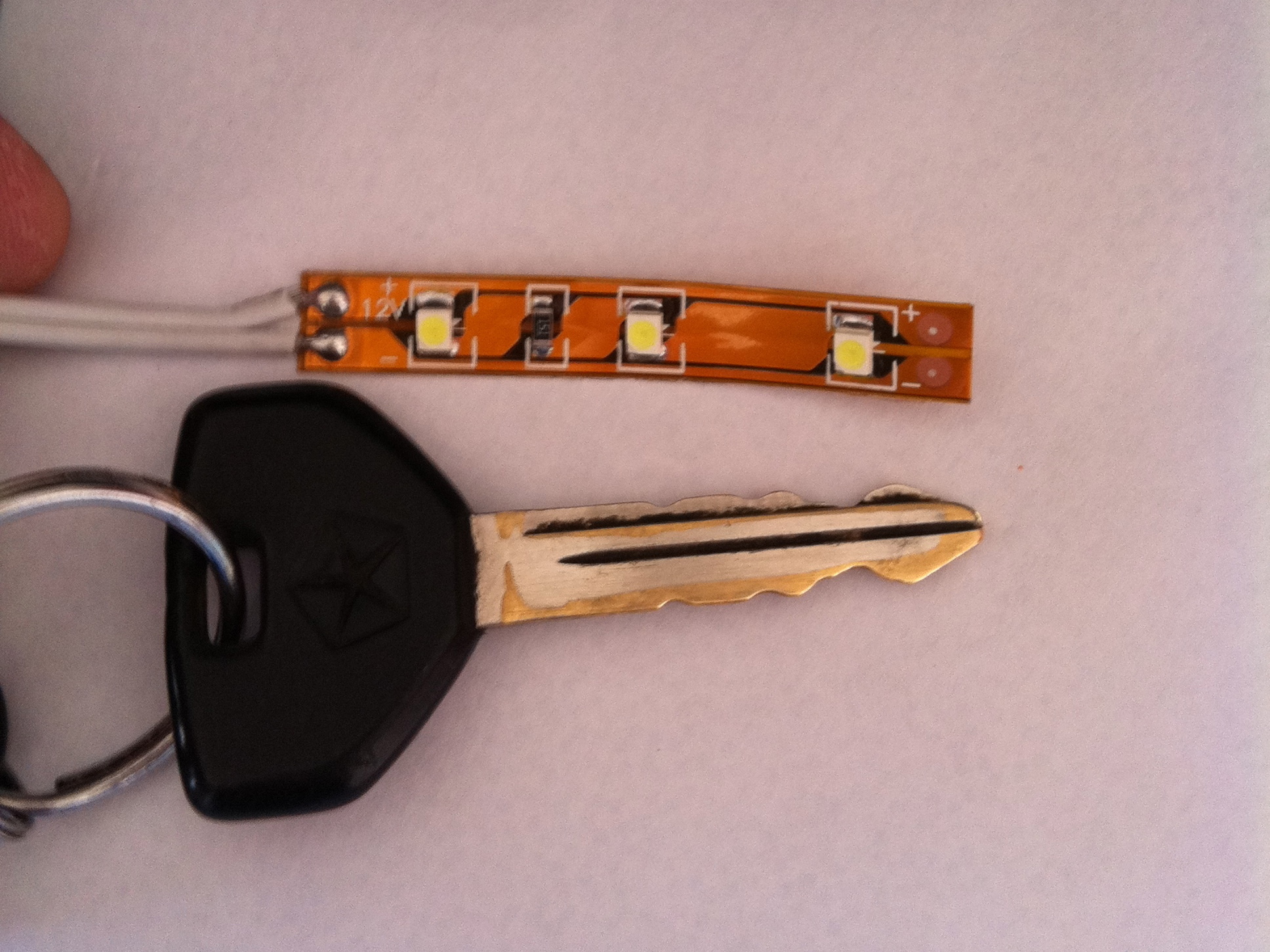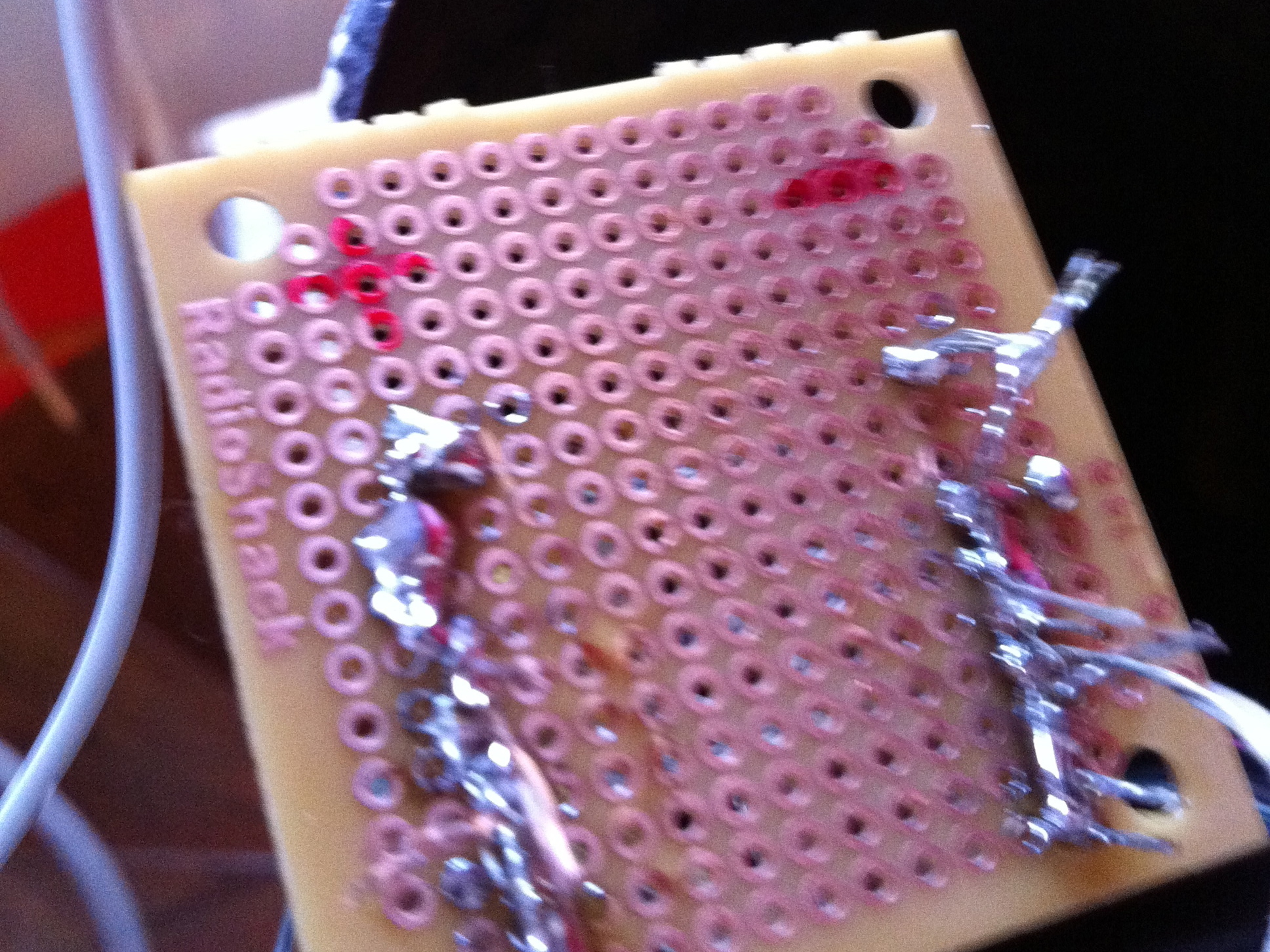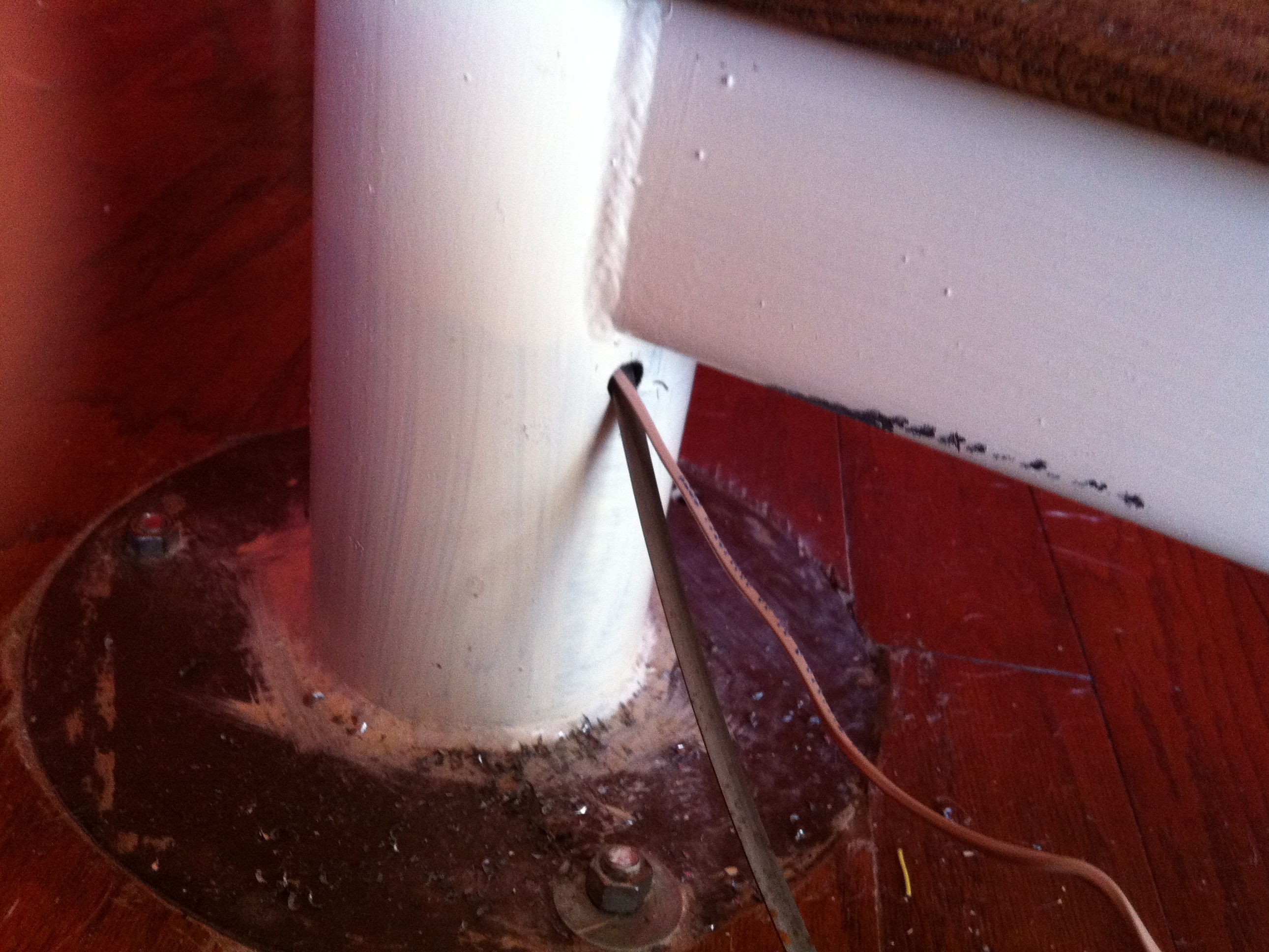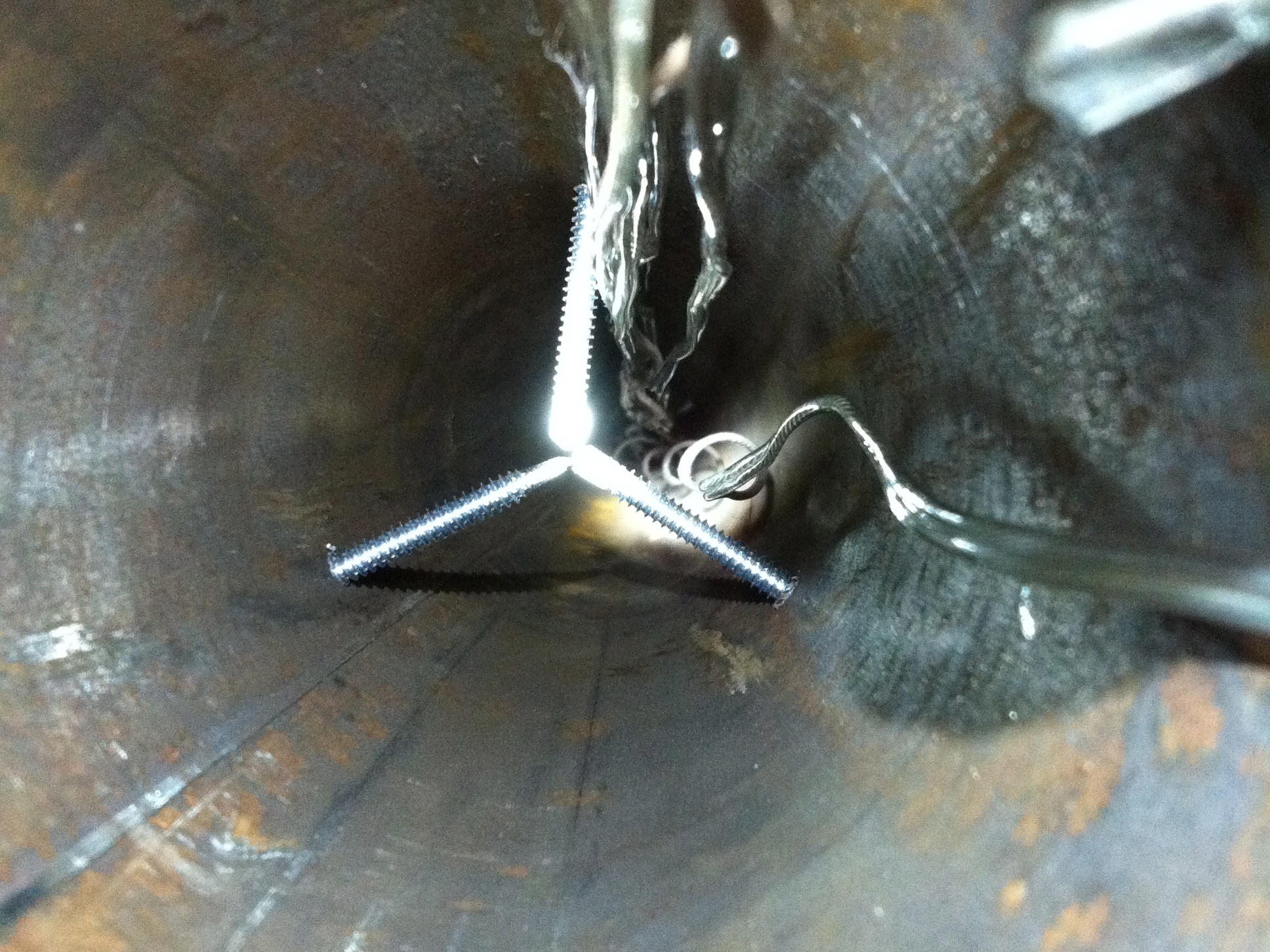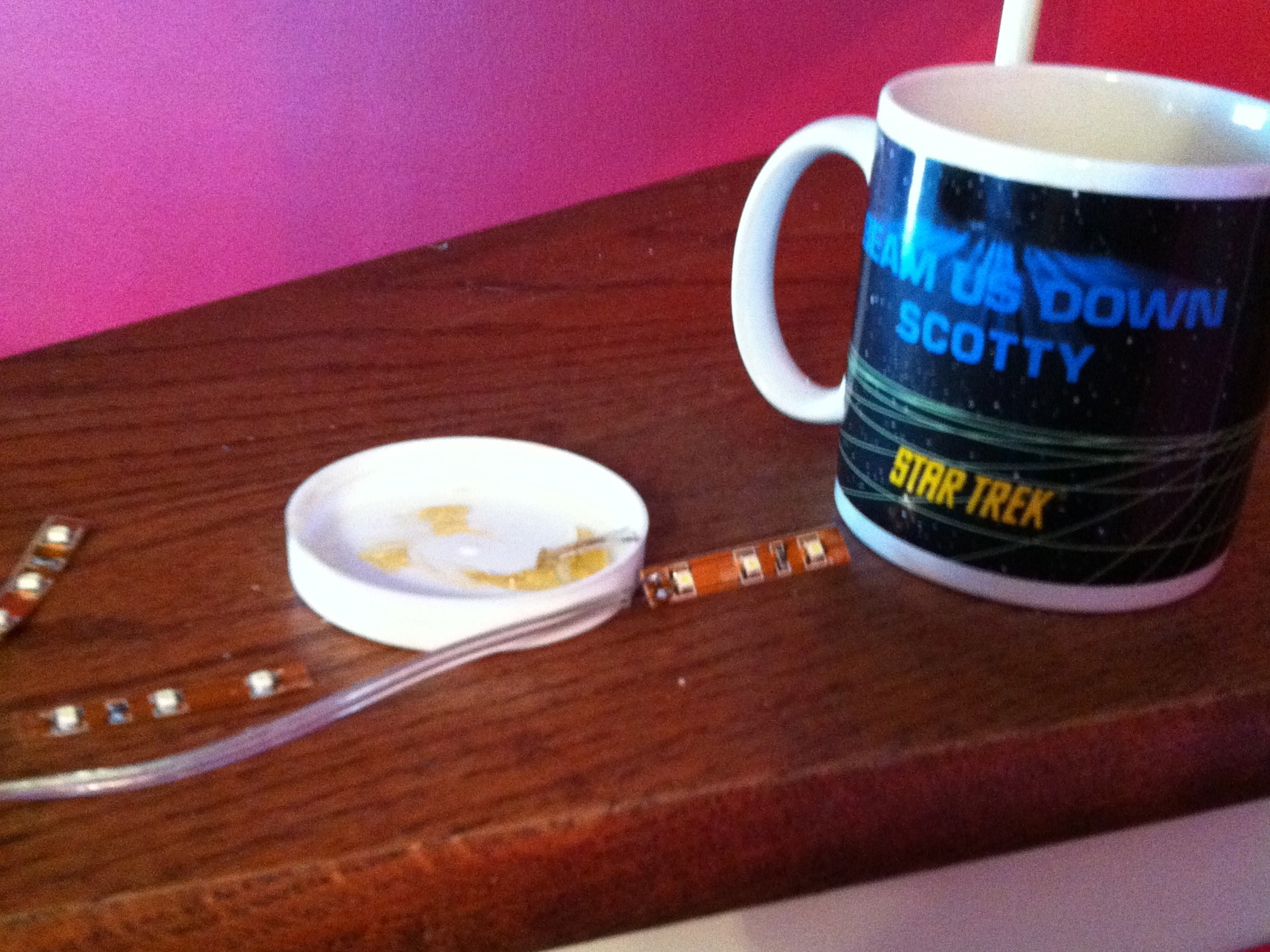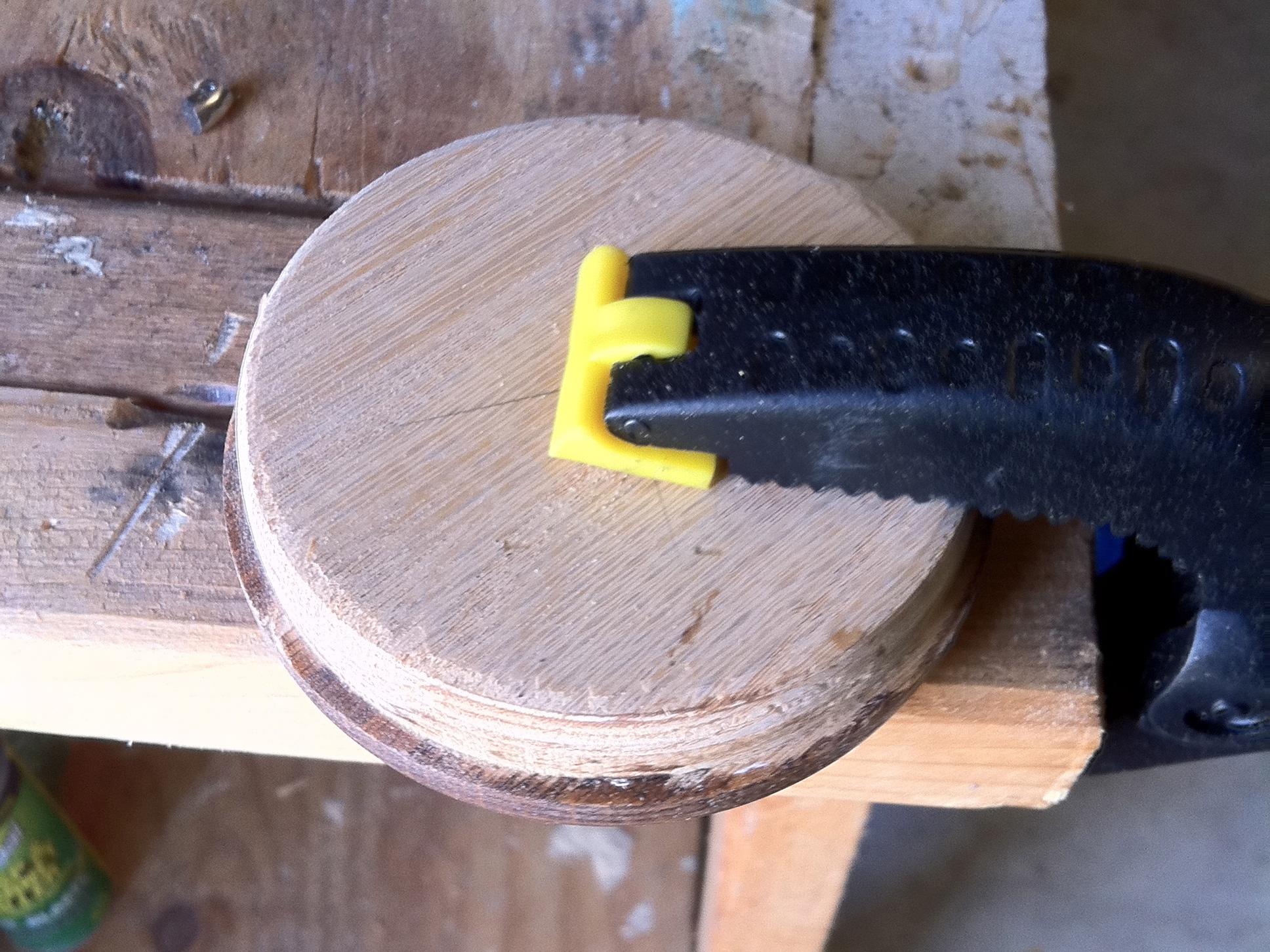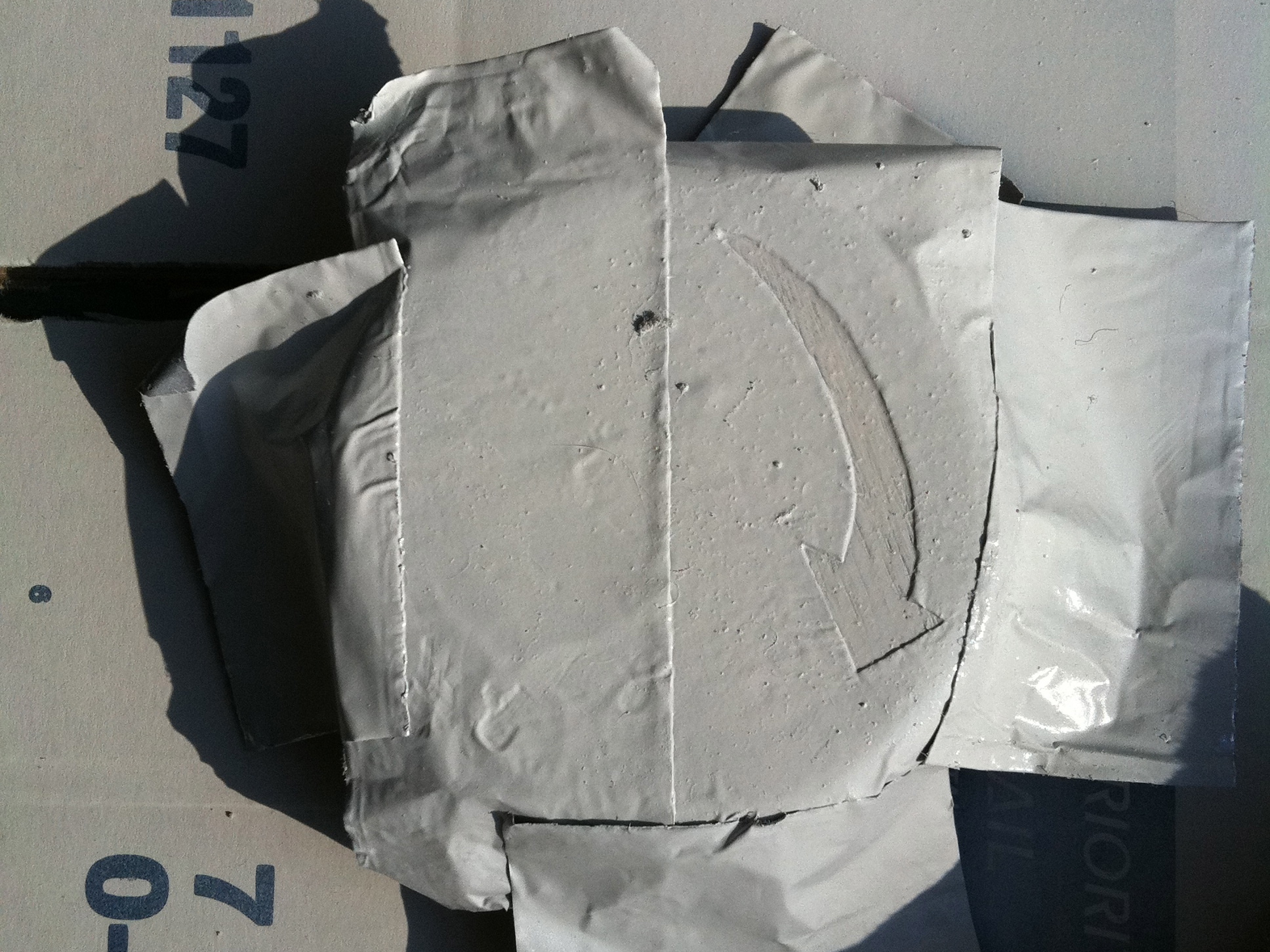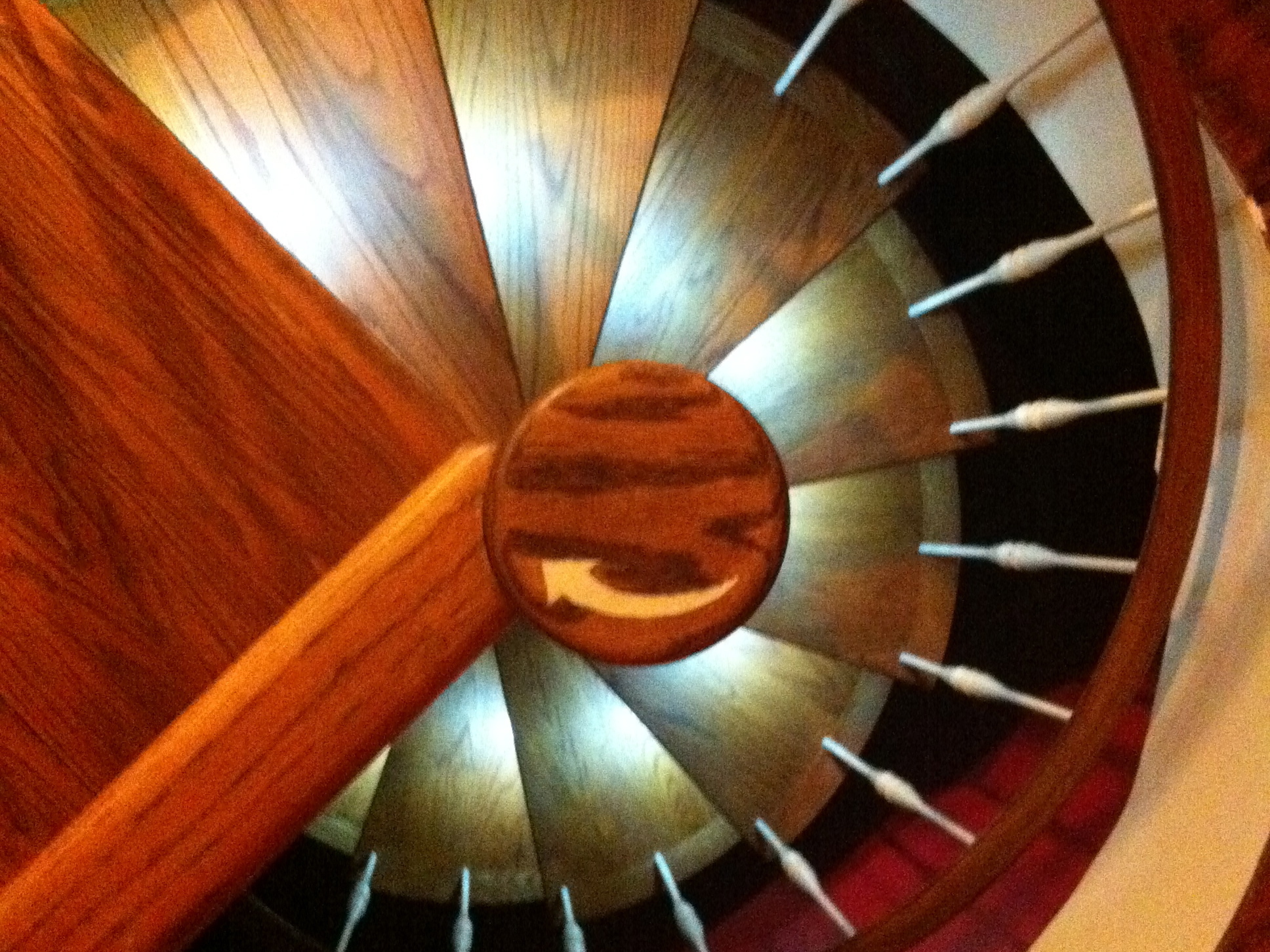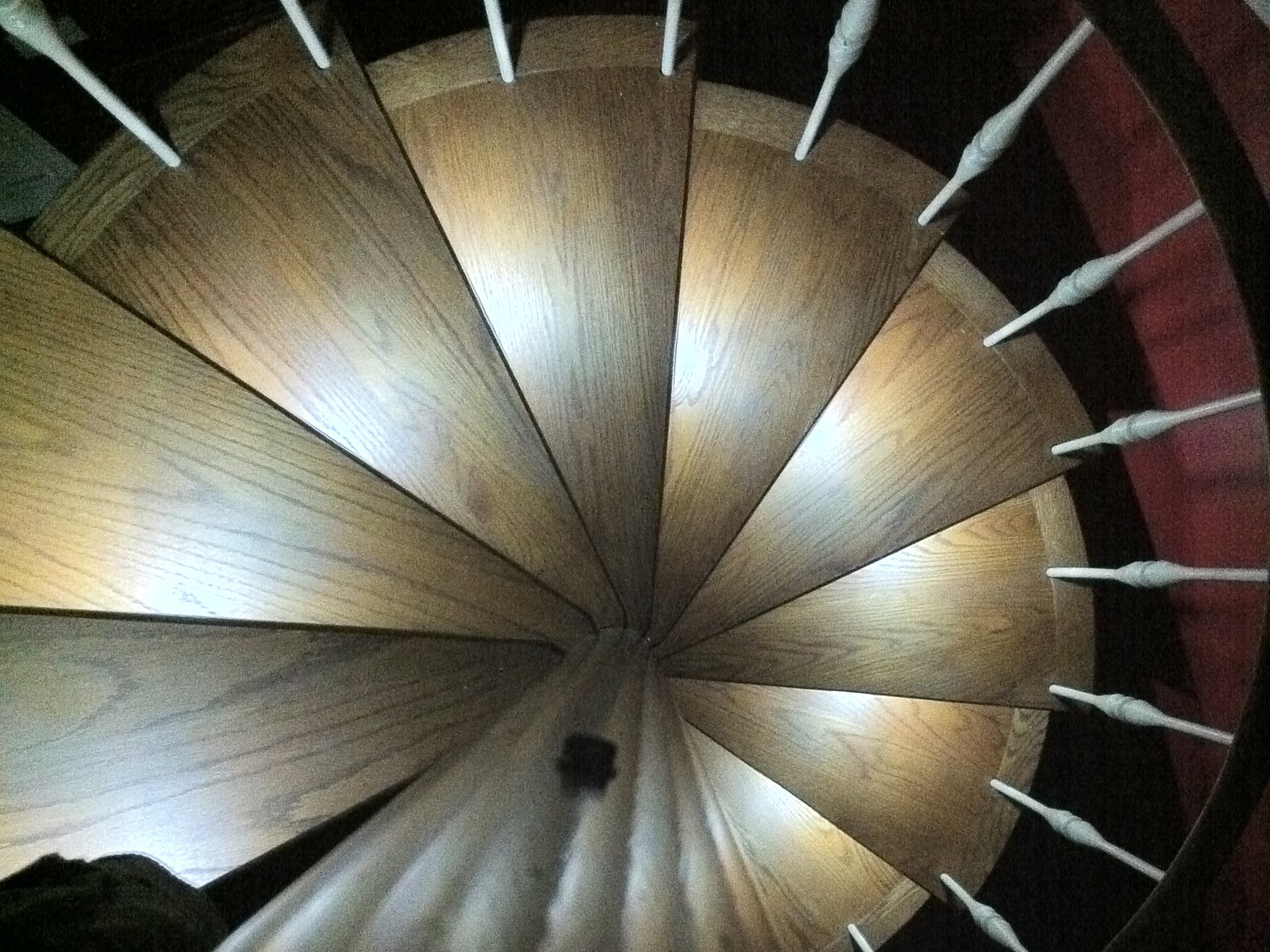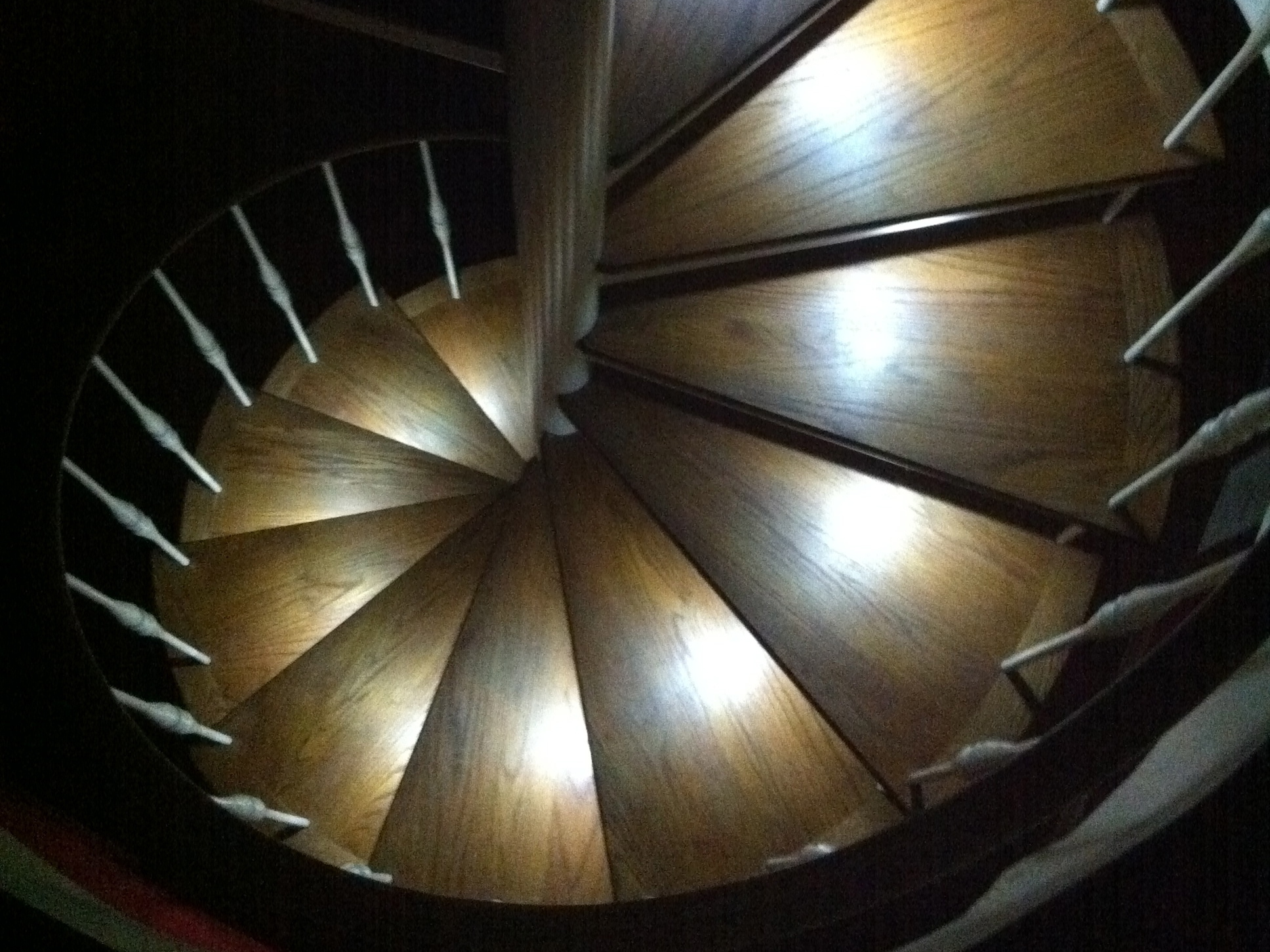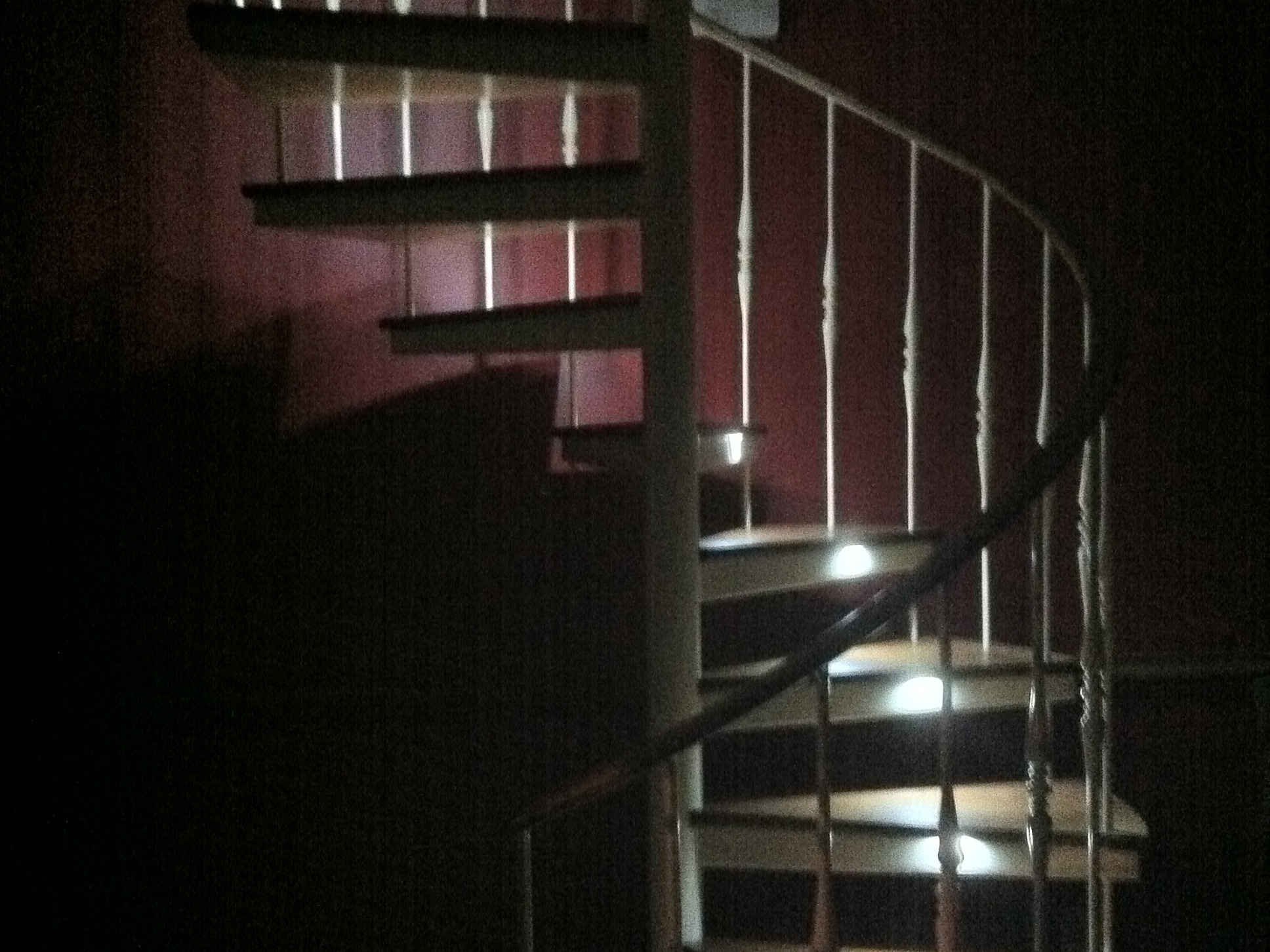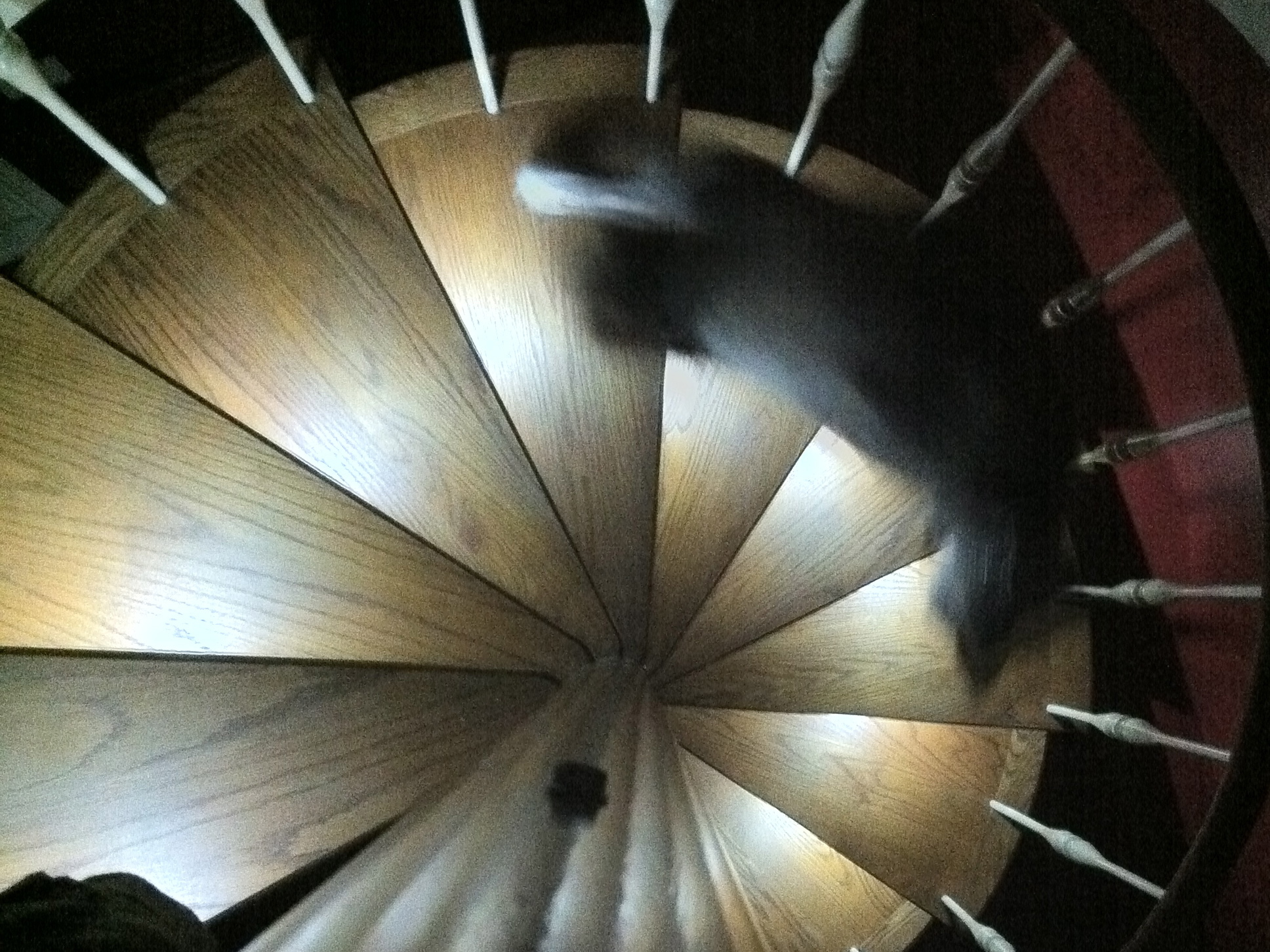I needed a lighting solution for my spiral staircase. After looking at various options (such as direct lighting from above or below) I decided to create my own lighting using some cheap components and a bit of time.
I’ll show how I designed and built my lighting rig. Hopefully I can help other people avoid some of the issues I’ve found and improve my project and others.



